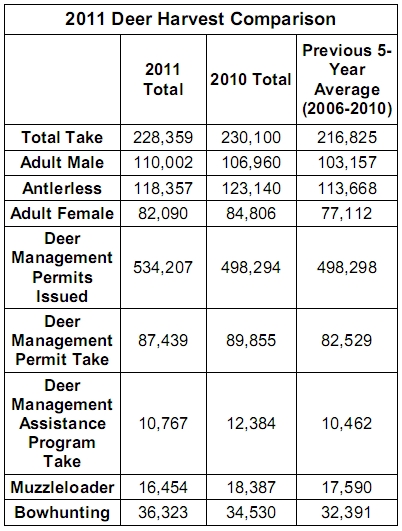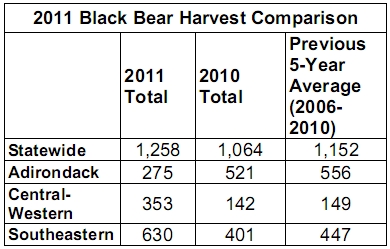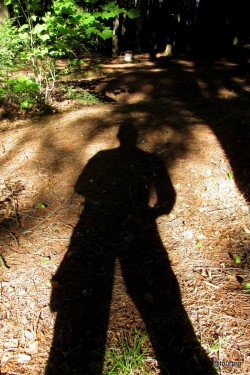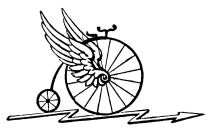 Three Port Leyden brothers who were arrested on November 8, 2011 for poaching deer at night have agreed to plea bargains in the Town of Lyonsdale Court, the Lewis County District Attorney’s Office and New York State Department of Environmental Conservation announced today. The Nagy brothers were facing up to one year in jail and up to $5,250.00 dollars in fines, had they elected to go to trial.
Three Port Leyden brothers who were arrested on November 8, 2011 for poaching deer at night have agreed to plea bargains in the Town of Lyonsdale Court, the Lewis County District Attorney’s Office and New York State Department of Environmental Conservation announced today. The Nagy brothers were facing up to one year in jail and up to $5,250.00 dollars in fines, had they elected to go to trial.
On February 1, 2012 two of the three Port Leyden brothers accepted plea bargains, offered by the Lewis County District Attorney Leanne Moser, to settle their outstanding Environmental Conservation Law charges:
- Brain A. Nagy, age 21 – 90 days in the Lewis County Jail starting on February 3, 2012 – plus mandatory court surcharges
- Robert K. Nagy, age 24 – $607.50 in penalties and mandatory court surcharges
On March 7, 2012 the third brother agreed to a plea bargain to settle his outstanding Environmental Conservation Law charges, offered by the Lewis County District Attorney:
- Chase A. Nagy, age 25 – 60 days in the Lewis County Jail starting on March 7, 2012 – in addition to mandatory court surcharges.
These plea bargains close out a deer poaching case that was widely reported on in the North Country area.
 “Deer poaching is a serious offense and is not something taken lightly,” Judy Drabicki, DEC Regional Director said. “People who choose to disobey the Fish and Wildlife Law and take game illegally deprive law-abiding citizens of fair chase hunting opportunities.”
“Deer poaching is a serious offense and is not something taken lightly,” Judy Drabicki, DEC Regional Director said. “People who choose to disobey the Fish and Wildlife Law and take game illegally deprive law-abiding citizens of fair chase hunting opportunities.”
“As sentences of incarceration tend to be more infrequent in Fish and Wildlife Law offenses, both the Environmental Conservation Police and myself believe that the sentences received in these cases reflect the seriousness with which Deer Poaching is being addressed in our community and will continue to be addressed should other individuals attempt this same crime”, stated District Attorney Moser.
Violators also face the possibility of fines, mandatory court surcharges, the suspension and/or revocation of their hunting privileges, forfeiture of their firearms and even jail time, a point reinforced by the outcome of this case.
The Nagy brothers were arrested for their part in the deer jacking (taking deer at night by use of a light) on River Road in the Town of Lyonsdale in Lewis County. ECOs arrested the brothers, all residing on North Pearl Street in Port Leyden. Each were charged under with three misdemeanors: 1) Illegally taking a deer not as permitted, 2) Taking a Deer with the Aid of Artificial Light and 3) Possessing an Unsecured Firearm while using Artificial Light on lands inhabited by deer. All three brothers were also charged with the violation of Taking Wildlife with the Aid of a Motor Vehicle.
ECOs reported the three Nagy brothers entered a private meadow on the River Road in the Town of Lyonsdale around 9:20 PM, in a pickup truck and intentionally ran down two deer with the vehicle in the field. One of the injured deer was then shot with a 20-gauge shotgun slug and then finished off with a knife. That deer was transported back to their Port Leyden residence before the brothers returned to the same field to recover the second deer. That’s when ECO Eric Roderick spotted their vehicle in the field and confronted the three brothers.
A single shot 20-gauge shotgun was recovered at the scene, along with a large sheath knife. ECO Fay Fuerch, recovered the first deer from the suspect’s Port Leyden residence. ECOs were assisted at the crime scene by Lewis County Sheriff’s Deputy Brett Cronizer. The Officers returned to the crime scene the next morning and recovered the second deer and other evidence with the assistance of K-9 Handler ECO Corey Schoonover and K-9 Griz.






